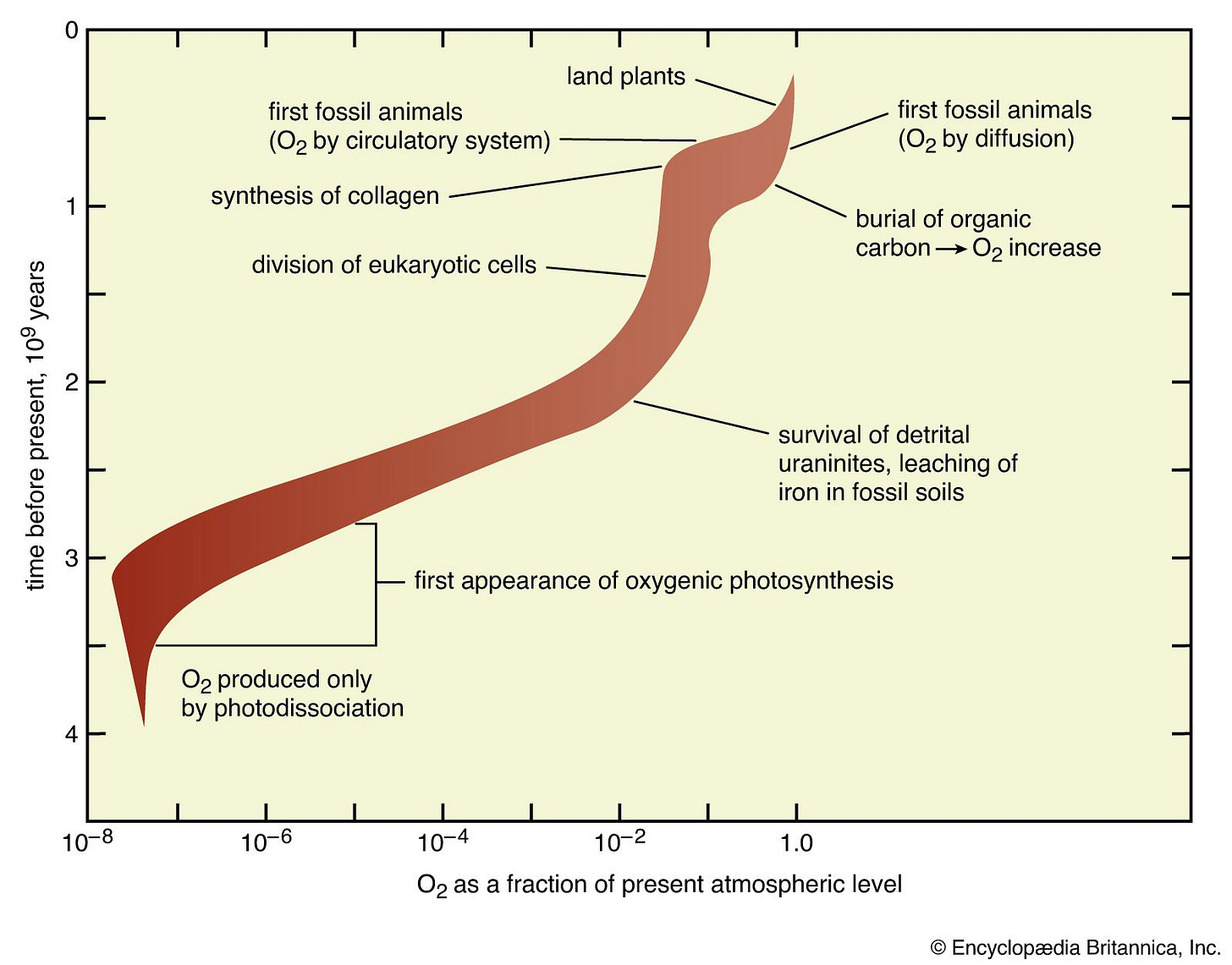Homo Techno #4
How we reach type 1 civilization & beyond
[TL;DR We must all work together to progress our civilization]
Protopia
Definition: a world that is better today than yesterday
Humanism
Scarcity vs Abundance Mindset
Realistic Optimism
I believe humanity is on a long term upward trajectory, but it does not mean we won’t have periods of negative progress. I think this principle could apply to personal lives, politics, and much more! To progress as a society we must all come together and work as one collective.
Our whole is greater than the sum of our parts.
Collaboration exponentially multiplies our rate of accumulated knowledge and means of production. The shared vision of mastering our planet and venturing for the stars must be manifested from our imaginations into reality.
Longtermism
Type 1 Civilization
To reach a type 1 civilization there are 2 fundamental aspects we must master: energy & climate. This requires a multitude of technological advancements and societal shifts.
Energy
100% renewable & electric economy
Sustainable & efficient mobility, industry & more
Fusion reactors
Unlimited energy = unlimited matter & matter manipulation
Climate
Carbon management
Control atmospheric carbon levels & carbon stores
Climate engineering
Prevent droughts, storms & more
Natural disaster prevention & mitigation
Control tsunamis, earthquakes, wildfires & more
Type 2 Civilization
First to get off our planet we need a cost effective way to launch rockets. The solution is rapidly reusable rockets. We aren’t quite at the rapidly reusable part yet, but SpaceX Starship and Starbase catch tower may make this possible.
Once we make it into space we will face numerous challenges as our bodies are not adapted to survive in micro-gravity/space.
Moreover, life support systems will be crucial in maintaining any long term prospects. This could include things like:
Energy generation
Oxygen/CO2/water recycling
Farming in micro-gravity
Sanitation/waste management/recycling in micro-gravity
Communications technology
Resistance/cardiovascular training tools
(fight musculoskeletal & heart atrophy)Simulated gravity (rotating space stations)
Genetic editing to combat all these ailments
To make the jump from space stations to colonizing other celestial bodies in our solar system, we must be prepared for the harsh environments we encounter.
Space
Ionizing radiation from sun (UV, X-rays, Gamma rays)
Usually deflected by Earth’s magnetic field
Micrometeorites (kinetically catastrophic due to sheer velocity)
Usually disintegrate due to friction from Earth’s atmosphere
Moon
0.17x gravity of Earth
Specialized equipment & work apparel (moon dust is abrasive)
Water mining (used to create fuel & support life systems)
Subterranean complexes for long term habitation
(necessary to shield from sun’s ionizing radiation)In-situ resource utilization
(using what’s available to construct)Automated construction (reduce radiation exposure for workers)
Mars
0.38x gravity of Earth
All the same problems as the Moon
Severe dust storms
Long distance from Earth (in case help is needed)
128 - 333 days travel time depending on speed of craft & solar alignment
I will expand upon extraterrestrial colonization in a future post. The problems we will face are not yet fully known and we may not have the technology yet to solve them. This will depend on innovation in many areas including: psychology, medicine, agriculture, construction, and more.
Terraforming
Formation of Our Atmosphere
Earth’s Magnetic Field
Earth’s hot core, through convection of molten rock, generates a magnetic field around the planet. This happens to shield our planet’s atmosphere from harsh solar winds that can blow it away and destroy it.
Atmospheric Processor (From Alien Film Franchise)
Mega-Structures
Asteroid Mining
Finding the resources to construct mega-structures, given we can meet the necessary energy demands.
Ringworlds
A space station the size of a planet that spins to create gravity through centrifugal force. I am not sure how an atmosphere could be sustained in such a structure, but this is a far-fetched sci-fi imagination.
Dyson Spheres
To fully harness the energy of the sun we would build a series of rings or satellites or maybe even panels that can absorb all of the radiation from the sun.
Type 3 & Beyond
100,000 light years = 6,324,110,000 AU
1 AU = 149,598,000 kilometers
This is beyond the current scope of human imagination. The size of a galaxy is incomprehensibly gargantuan. To give you a sense of scale, Alpha Centauri is the closest star to our sun at 4.2465 light years away (268,553.235 AU or 40,174,990,000,000 km). To even consider thinking at this scale we would have to invent a way to travel faster than the speed of light. Even if we were able to travel at the speed of light (which we are definitely not), it would take 4.2 years to reach our next closest star. Some postulate that wormholes or “folding space” could enable this, but we genuinely have no idea if this would actually be possible.


































